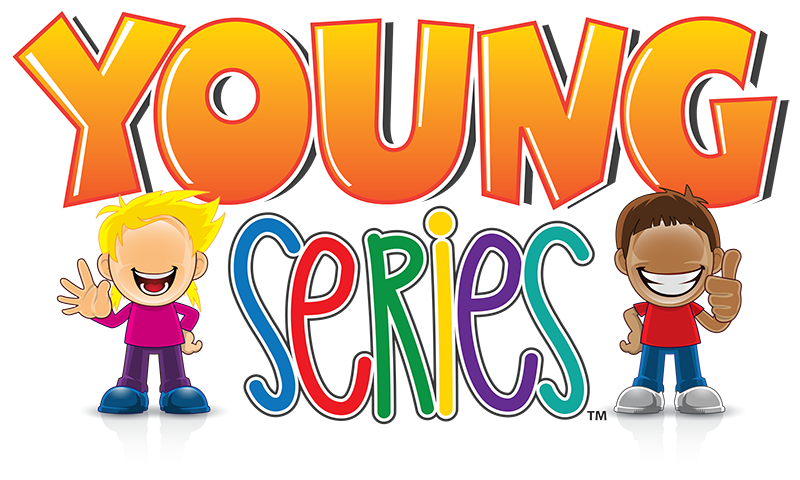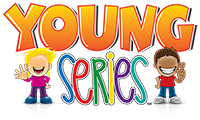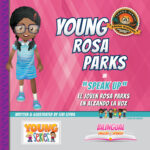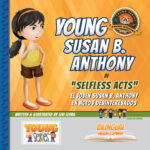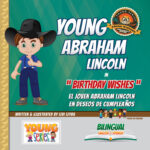Learning a new language can be a challenging task for adults, filled with grammar rules, vocabulary memorization, and complex sentence structures. However, there is an often-overlooked approach that can make the language learning journey more enjoyable and effective—using children’s books! Children’s books offer a unique advantage when it comes to learning a new language, providing a simple yet powerful foundation for beginners. In this article, we will explore the benefits of learning a new language through children’s books and understand why this approach is highly recommended for language learners of all ages.
Engaging and Enjoyable Content
Children’s books are specifically designed to captivate young minds and spark their imagination. They are filled with colorful illustrations, engaging characters, and captivating storylines. When learning a new language, it is crucial to maintain motivation and enjoyment throughout the process, and children’s books can provide just that. By delving into these imaginative worlds, language learners can rediscover the joy of storytelling and make the language acquisition process fun and exciting.
Simplified Vocabulary and Sentence Structures
One of the most significant advantages of learning a new language through children’s books is the use of simplified vocabulary and sentence structures. Children’s books are written with the target audience in mind, employing words and sentence constructions that are easy to understand. This is why in the Young Series line of bilingual children’s books, there is an English sentence coupled with a translated Spanish sentence directly beneath. This approach allows language learners to grasp the basic foundations of a language before progressing to more complex concepts. By starting with simple and repetitive phrases, beginners can build their vocabulary gradually and reinforce their understanding of grammatical structures in a comfortable manner.
Cultural Insights and Context
Children’s books often provide a window into the culture and traditions associated with the language being learned. Through these books, language learners can explore cultural nuances, customs, and traditions in an engaging manner. They can learn about different holidays, folklore, and daily life scenarios, which helps deepen their understanding and appreciation of the target language. By immersing themselves in children’s literature, language learners gain a holistic understanding of the language and its cultural context, making their language skills more authentic and nuanced.
Building Listening and Pronunciation Skills
Children’s books come to life when read aloud, providing an excellent opportunity for language learners to enhance their listening and pronunciation skills. In addition, listening to native speakers read children’s stories exposes learners to proper pronunciation, rhythm, and intonation, helping to develop an authentic accent. Mimicking the sounds and rhythms of the language from an early stage allows learners to internalize the language more effectively, leading to better conversational skills and overall fluency to bilingualism.
Gradual Progression and Increased Confidence
Children’s books typically follow a progressive structure, gradually introducing new vocabulary and grammatical concepts. This incremental approach allows language learners to build their language skills step by step, providing a sense of achievement at each stage. As learners progress through various books, they witness their own growth, which boosts their confidence and motivation. This positive reinforcement encourages learners to continue their language learning journey and tackle more advanced materials.
In conclusion, learning a new language can be a transformative and enriching experience. By choosing children’s books as a learning tool, language learners can tap into the magic of storytelling while acquiring language skills. Whether you are a beginner or an experienced learner, incorporating children’s books into your language learning journey offers a multitude of benefits.
So embrace the power of children’s books and embark on a linguistic adventure. Immerse yourself in captivating stories, explore new cultures, and let the words on the pages guide you towards language proficiency. Remember, learning a new language doesn’t have to be tedious or overwhelming. With the help of children’s books, it can become a joyous and rewarding experience that opens doors to new worlds and opportunities.
